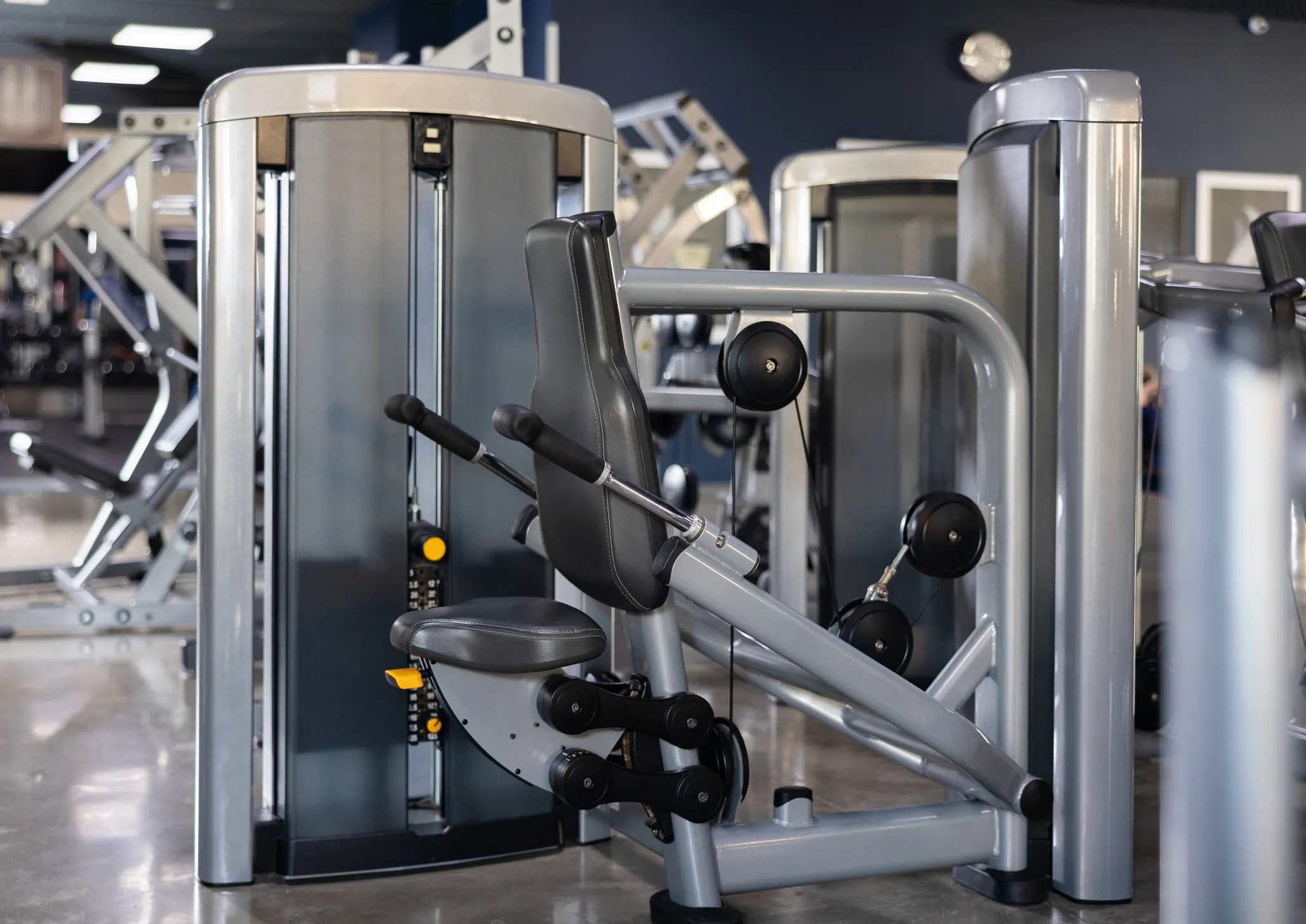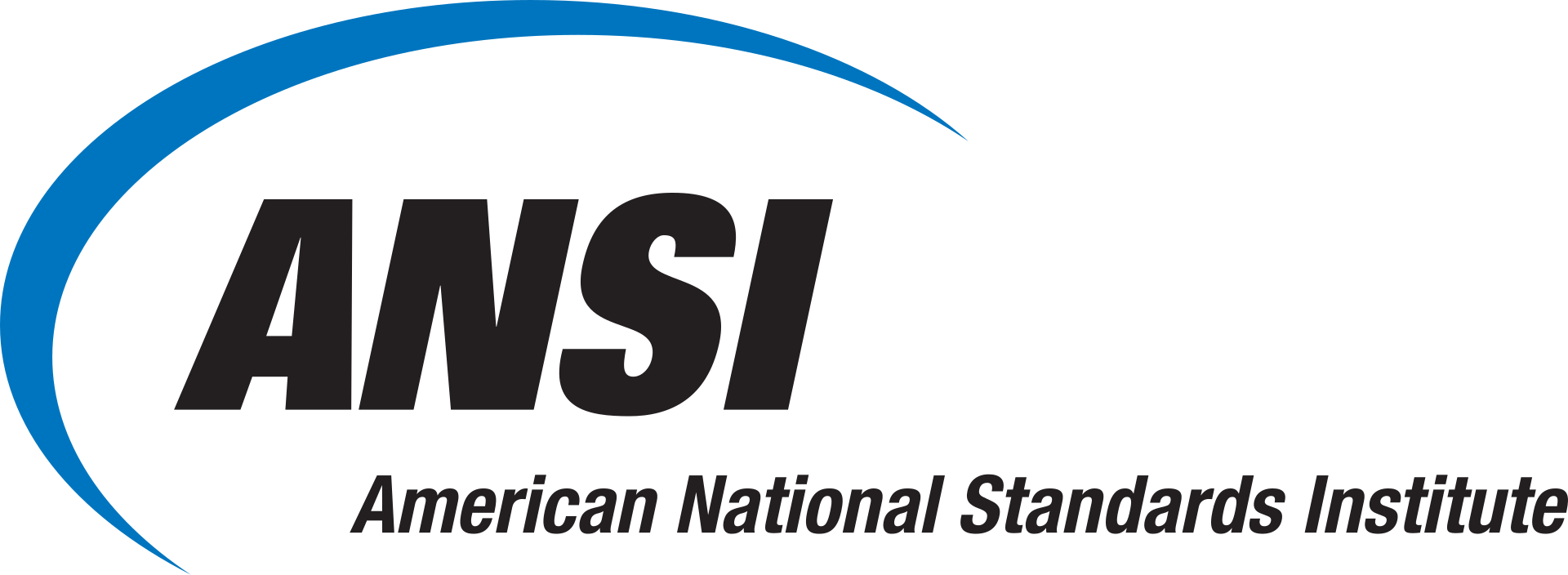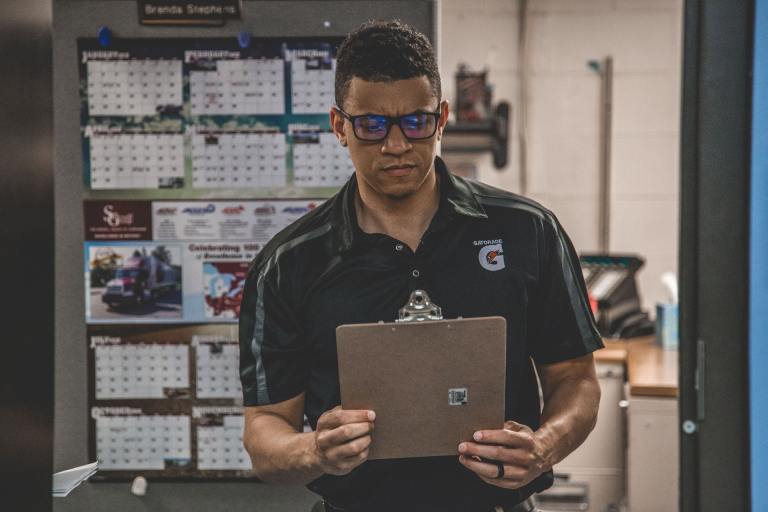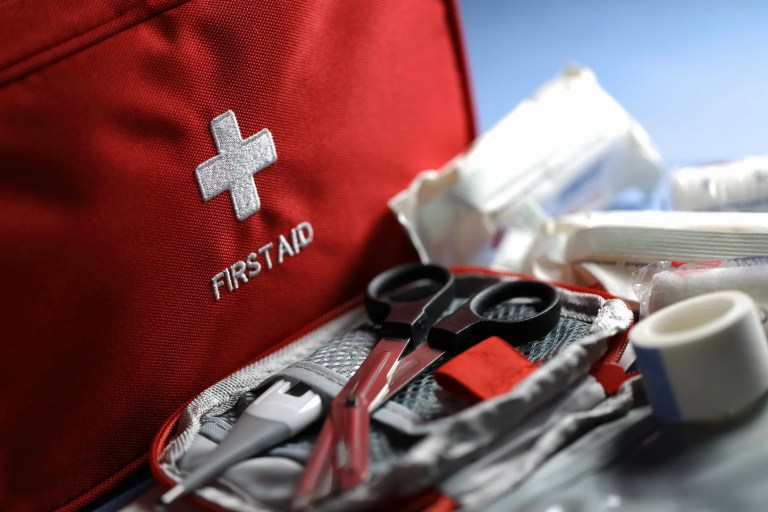ISO 20957-2:2024—Strength Training Equipment

Our body fat percentage increases over time if we do not do anything to replace the lean muscle we lose over time. Strength training can help us preserve and enhance muscle mass at any age. Specifically, stationary strength training equipment is used to build muscle mass, increase strength, and enhance overall fitness by providing resistance to various exercises. ISO 20957-2:2024—Stationary training equipment – Part 2: Strength training equipment – Additional specific safety requirements and test methods focuses on equipment like strength training machines with stacked weights or resistance from other means, like elastic cords or hydraulics.
Purpose of Stationary Strength Training Equipment
Fitness equipment is used by many athletes and workout enthusiasts across the globe. Although such tools are not essential for exercising and building strength, fitness equipment can certainly make the process easier and more customizable, especially for focusing on specific muscle groups or tracking progress.
Stationary strength training equipment provides fixed resistance and guided movement, making these machines a good option for beginners and those recovering from injuries. These machines can help with building strength, mastering movement patterns, and reducing the risk of injury. ISO 20957-2 specifies safety specifications for stationary strength training equipment.
What Is ISO 20957-2?
ISO 20957-2:2024 specifies safety requirements for stationary strength training equipment, in addition to the general safety requirements of ISO 20957-1:2024. This type of equipment is common in gyms and fitness facilities and is used for a variety of strength and muscle-building exercises.
ISO 20957-2:2024 is applicable to stationary strength training equipment with stacked weight resistance or alternative means of resistance, such as elastic cords, hydraulic, pneumatic, electrical, magnetic, springs and externally loaded weights (hereinafter referred to as stationary training equipment) with the classes H, S and I according to ISO 20957-1:2024.
Weight Stack Equipment Machines
Weight stack equipment machines use a series of weights stacked vertically, which can be adjusted to control the resistance. Examples include machines like leg presses, chest presses, and other machines that focus on specific muscle groups. They are known for providing consistent resistance throughout the range of motion, making them effective for building strength and muscle.
Alternative Means of Resistance Gym Equipment
Resistance training can increase muscle strength by making the muscles work against a weight or force, leading to microtears that trigger muscle repair and growth. This process, known as muscle hypertrophy, increases muscle size and strength. Different forms of resistance training include using free weights, weight machines, resistance bands, and body weight. Gym equipment that uses an alternative means of resistance include the following:
- Elastic Cords: These use bands of elastic material to provide resistance, often found in machines or used for exercises like pull-ups.
- Hydraulic Systems: These use pressurized fluid to create resistance, often found in older machines.
- Pneumatic Systems: These use pressurized air to provide resistance.
- Electrical Systems: These may use electrical resistance to create a workout, but are less common.
- Magnetic Systems: These use magnetic forces to provide resistance, also less common.
- Springs: These use spring tension to provide resistance, as seen in some machines.
- Externally Loaded Weights: This refers to free weights like dumbbells or barbells, where the resistance is loaded onto the equipment.
ISO 20957-2:2024—Stationary training equipment – Part 2: Strength training equipment – Additional specific safety requirements and test methods is available on the ANSI Webstore.






